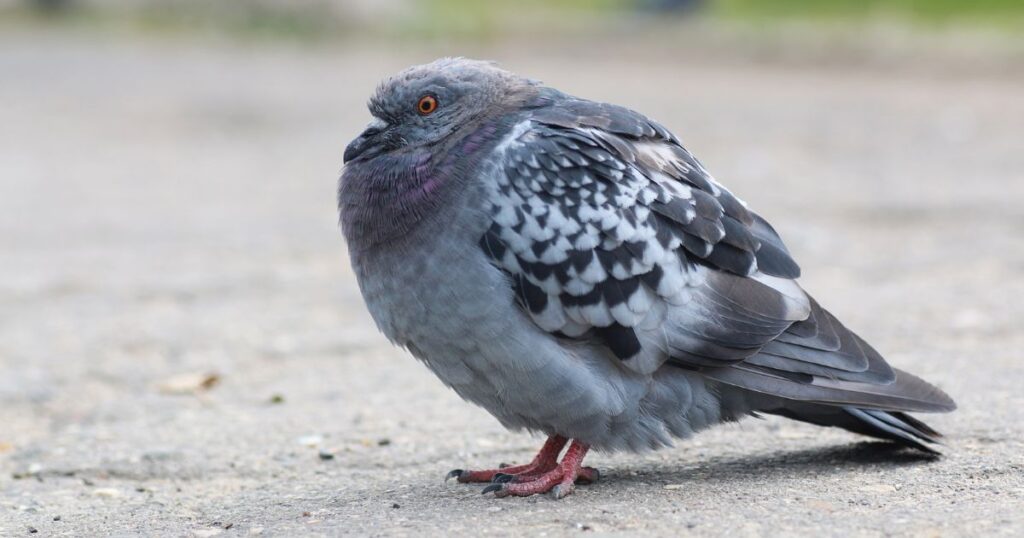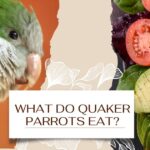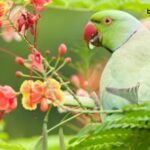Table of Contents
ToggleUnderstanding Bird Obesity
Imagine a world where even the skies are filled with health risks. For some birds, excessive weight gain is more than just a challenge; it’s a growing concern impacting their ability to survive and thrive. From wild birds in urban areas to beloved pets, this issue affects a range of species and has complex causes. In this article, we’ll explore the primary reasons for fat birds, its impact on health and survival, and the steps bird lovers can take to keep their feathered friends healthy and active.
Causes of Excessive Weight Gain in Birds
1. Environmental and Urban Factors
Modern environments can influence a bird’s weight in surprising ways. Urbanization limits flying space, reducing natural exercise opportunities, and the abundance of human food can offer birds high-calorie diets not found in their natural habitat. Additionally, climate change affects food availability and alters feeding habits, contributing to fluctuations in weight.
2. Diet and Feeding Habits
Bird feeders are a staple for bird enthusiasts, yet the food provided is often calorie-dense, leading to unintended weight gain. Human leftovers, like bread and other snacks, can be hard for birds to resist but aren’t nutritionally balanced. In domestic settings, overfeeding or feeding calorie-rich seeds can quickly lead to obesity in pet birds.
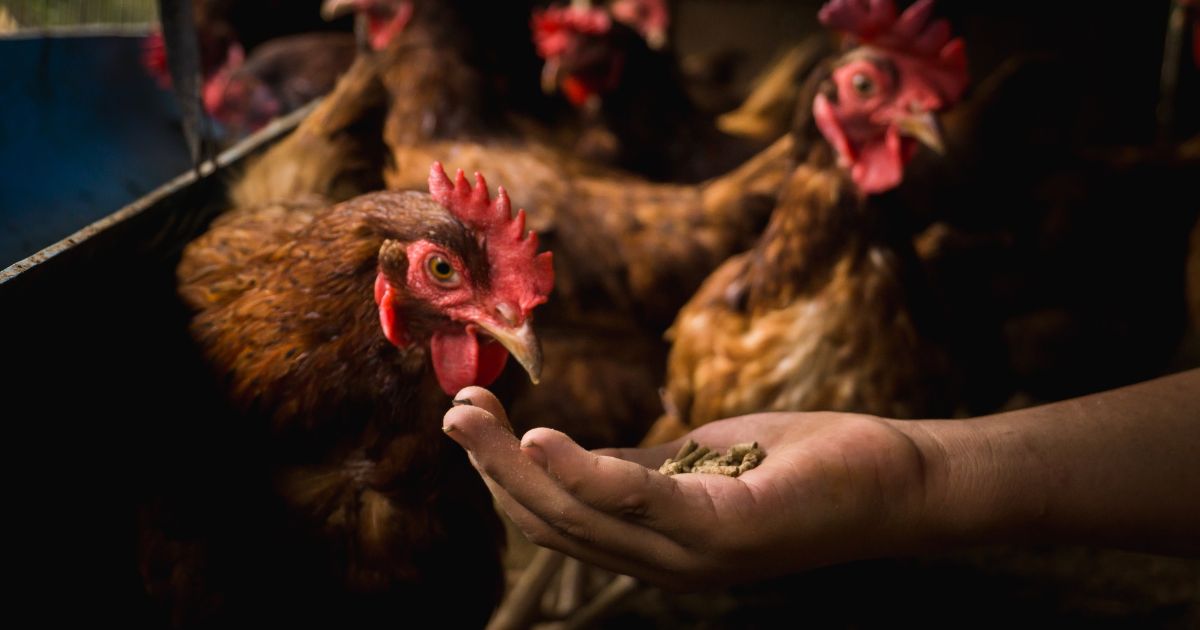
3. Biological and Genetic Factors
Just like people, some birds have slower metabolisms or genetic traits that make them prone to gaining weight. Domesticated birds, often bred for desirable traits, may also inherit tendencies for obesity, making diet and exercise control essential.
Signs of Obesity in Birds
Identifying Excess Weight
Bird obesity manifests in various ways. Visible signs include a bloated appearance, difficulty flying, or changes in posture. Overweight birds may also develop fatty deposits around the chest and abdomen. If your pet bird seems less energetic, it might be worth assessing its weight.
Comparison: Healthy vs. Overweight Birds
| Bird Species | Average Healthy Weight | Weight Range for Obesity |
|---|---|---|
| Budgerigar | 25-35 grams | 40+ grams |
| Cockatiel | 80-100 grams | 110+ grams |
| African Grey | 400-600 grams | 650+ grams |
| Lovebird | 40-60 grams | 65+ grams |
Health Risks of Excessive Weight Gain
1. Mobility and Flight Issues
Birds rely on their lightweight structure to navigate through the air. Added weight makes flight more difficult, reducing their ability to escape predators, forage, and find mates.
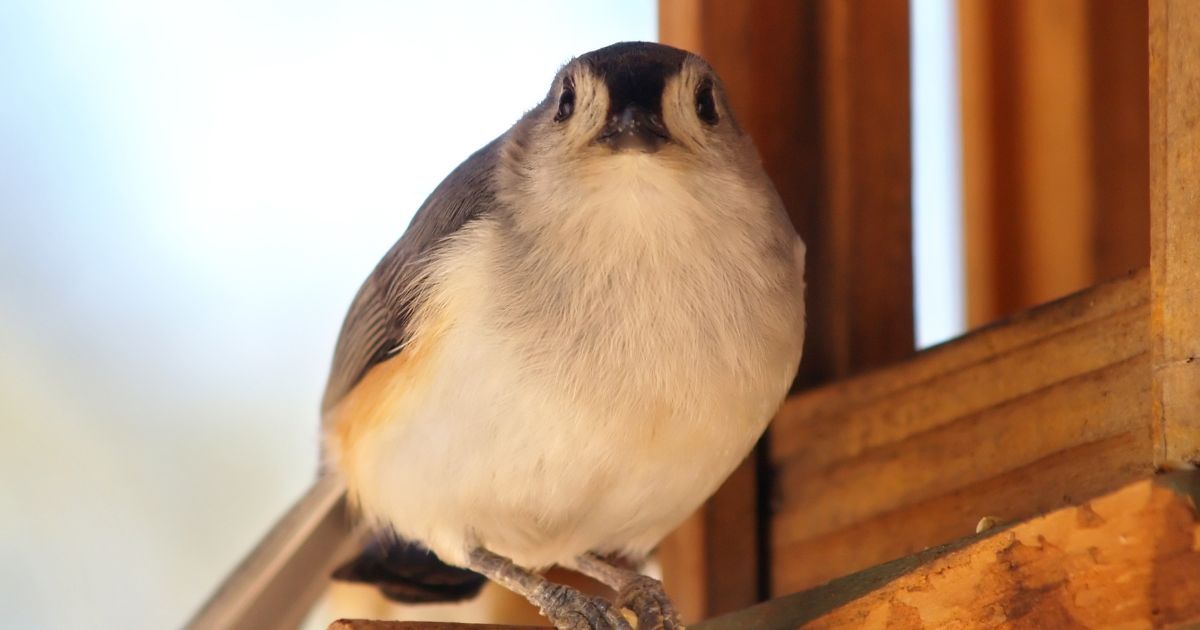
2. Increased Disease Risk
Obesity in birds can lead to serious health conditions, including fatty liver disease, heart disease, and respiratory issues. These diseases often develop silently and reduce a bird’s lifespan if left unmanaged.
3. Shortened Lifespan
Excessive weight accelerates aging in birds. Obesity stresses the cardiovascular system and organs, reducing the lifespan of both wild and pet birds significantly.
Real-Life Case Studies
- The Urban Pigeon Problem
Pigeons in highly populated cities often consume human snacks, leading to an observable rise in obesity rates. Studies show that urban pigeons have a higher average body weight compared to rural pigeons. - Parrot Owners Making a Difference
Some pet owners have successfully managed their birds’ weight by adjusting feeding schedules and encouraging exercise through toys and interactive play.
Solutions and Preventative Measures
For Pet Bird Owners
- Balanced Diet and Portion Control
Use a balanced mix of fruits, vegetables, and pellets while limiting high-fat seeds. Monitor portion sizes carefully to avoid overfeeding. - Encourage Physical Activity
Birds thrive when active, so allow daily flying time in a safe space. Introduce toys or perches that require movement to keep their muscles engaged.
Managing Bird Feeders Responsibly
Consider placing feeders that limit access to high-calorie foods, such as suet, or using controlled portions. This reduces the chances of overfeeding wild birds and helps maintain a balanced diet.
Key Takeaways
- Urban and dietary changes play a significant role in bird obesity.
- Recognizing signs of weight gain can prevent health complications.
- By managing diet and exercise, both pets and wild birds can lead healthier lives.
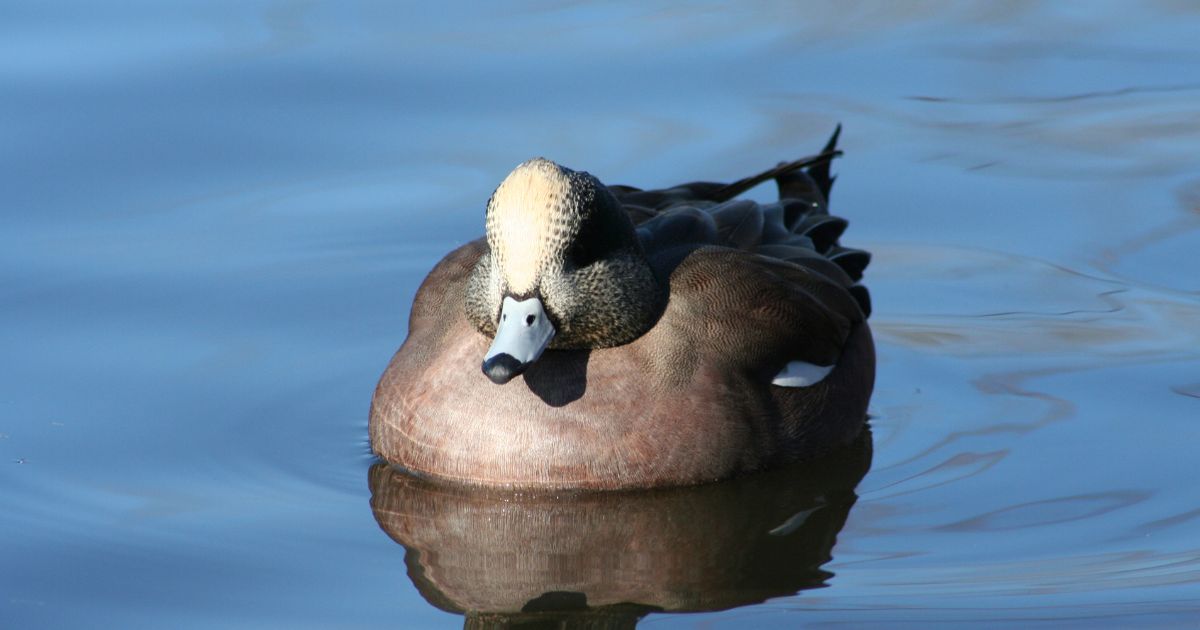
Advantages of Keeping Birds at a Healthy Weight
Maintaining a bird’s ideal weight supports its natural abilities and longevity. Healthy birds are more agile, resilient to disease, and can fulfill their roles in the ecosystem or as beloved companions. By encouraging a balanced diet and regular exercise, we help ensure they thrive.
FAQs
1. What foods are safe for pet birds?
Fruits, vegetables, and specific bird pellets are ideal. Avoid high-calorie seeds and human foods.
2. How can I tell if my bird is overweight?
Check for signs like limited flight ability, a rounder belly, and visible fat deposits. Weigh your bird regularly to monitor changes.
3. Can wild birds become obese?
Yes, particularly in urban areas where human food is accessible. They often consume calorie-dense items that contribute to weight gain.
4. How much exercise should a pet bird get?
Pet birds should have daily out-of-cage time for flying or climbing on safe play areas.
Conclusion: A Call to Action
Bird obesity is a reminder of the subtle ways our environment and habits influence wildlife health. For pet owners, it’s a call to provide nutritious food and ample exercise. For those who feed wild birds, it’s an invitation to do so responsibly. By taking small steps, we contribute to the well-being of these magnificent creatures. Share this guide, and let’s work together to protect the health of our feathered friends.
